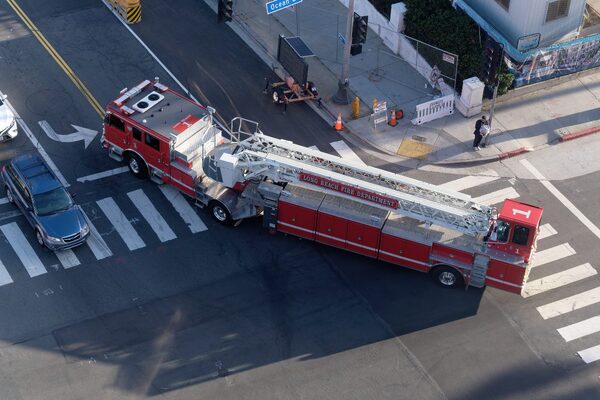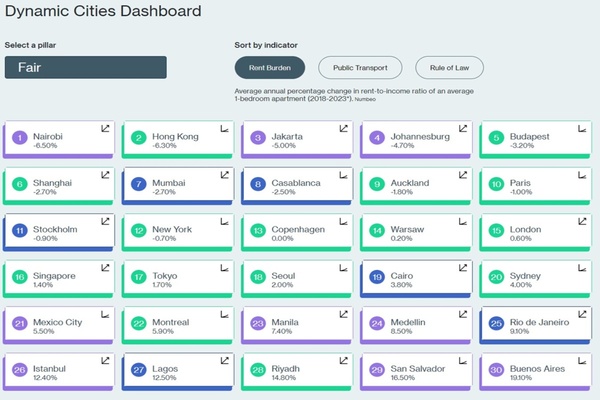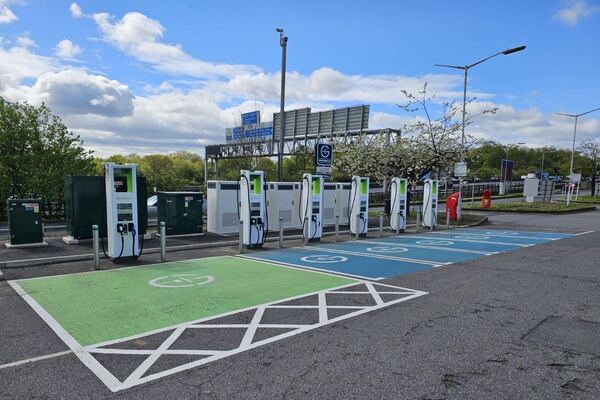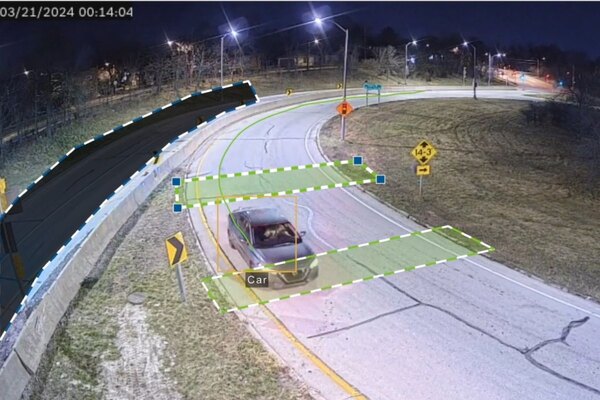Special Reports
SusHi Tech Tokyo 2024: experience ‘Tokyo 2050’ todaySponsored by The SusHi Tech Tokyo 2024 Showcase Program Executive Committee
The threat of urban canyons to autonomous vehicles
The continued growth of skyscrapers and urban infrastructure means AVs are at risk of signal black-out in cities across the world, warns UK-based AV software specialist, Oxbotica.
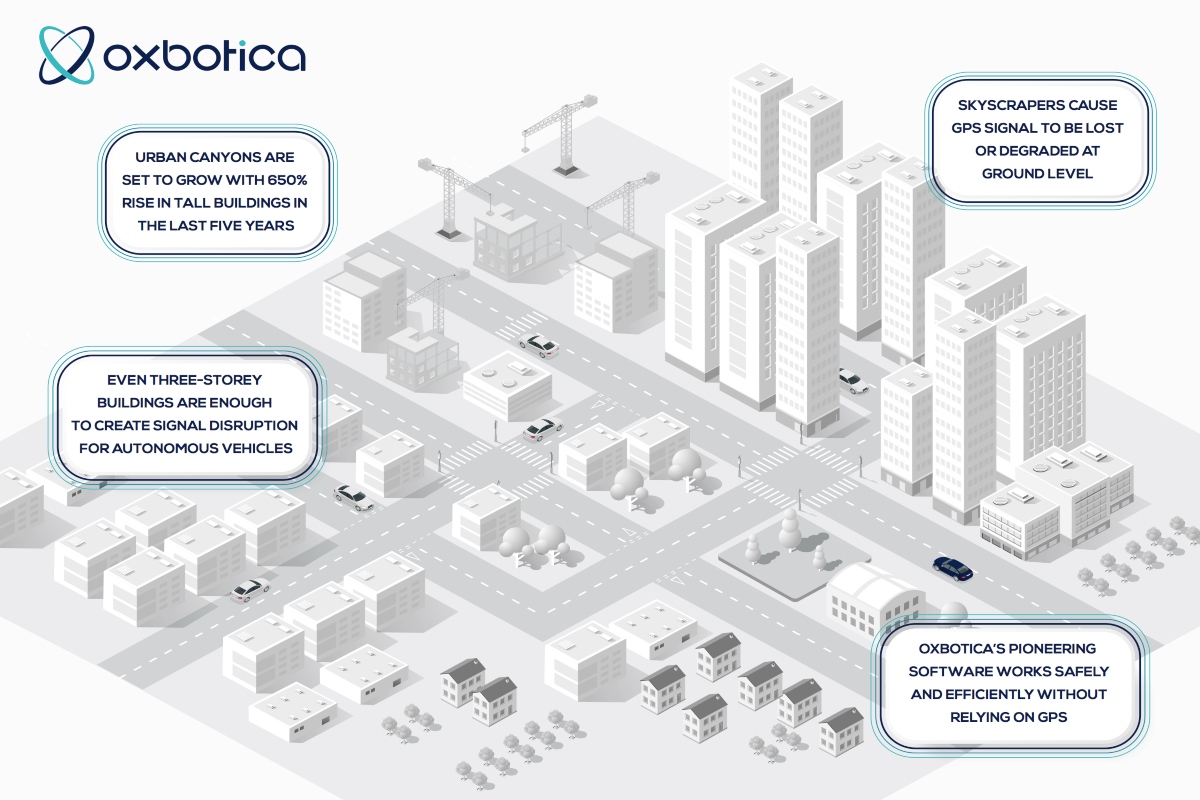
Autonomous vehicles (AV) are at risk of signal black-out caused by “urban canyons” in cities across the world due to the continued growth of skyscrapers and urban infrastructure, warns UK-based AV software specialist, Oxbotica.
Urban canyons are formed when a street is densely populated by tall buildings on both sides. This can cause the GPS signal at ground level to be degraded or lost which has potential safety and operational implications for AV systems that rely heavily on satellite-based navigation.
Increase in tall buildings
The number of tall buildings (above 200m) has risen by 650 per cent in the last five years (according to the Council on Tall Buildings and Urban Habitat). And with this number set to increase again by up to 20 per cent in 2020, the frequency of urban canyons in cities is only set to grow, according to Oxbotica.
Even a standard three-storey building is enough to create signal disruption at ground level, it reports. And the problem is worse at higher latitudes where satellites tend to be lower in the sky. If no suitable fallbacks are in place, this can affect autonomous vehicles in these environments, including mass transit shuttles, buses, city delivery vehicles and cars, the company reports.
However, canyons are not the only issue with GPS dependency. Sunspots formed during the sun’s 11-year magnetic field cycle cause marked changes in the solar wind. This impacts the upper atmosphere which can in turn interfere with GPS satellites. The solution is to use a mix of radars, cameras and lasers to navigate and localise rather than relying solely on GPS.
“There are so many urban canyons and GPS ‘blind spots’ across our towns, cities and countryside, that we can’t rely on GPS for accurate navigation,” said Ben Upcroft, vice president of technology at Oxbotica.
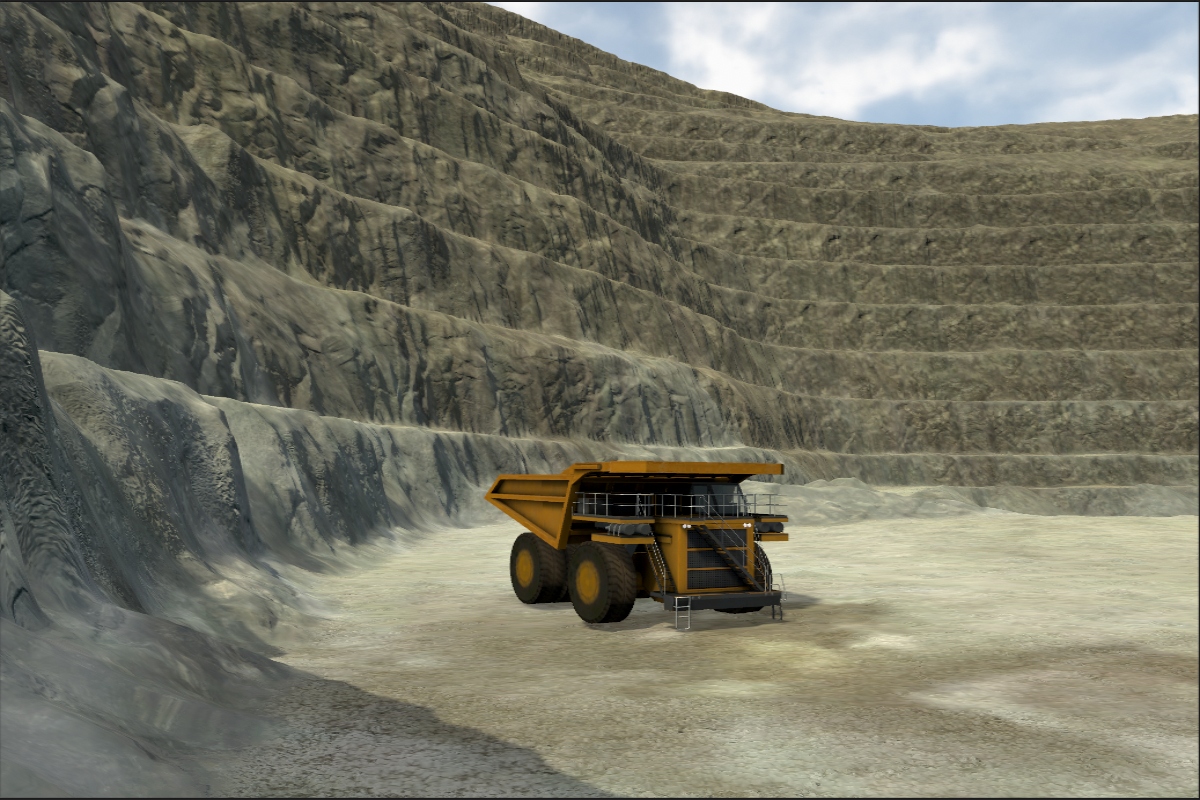
“While this may pose a problem for some autonomous vehicles, our software is designed to mitigate this and is able to work independently of a GPS signal, helping us to bring autonomy to any vehicle in any environment – this is the central focus of our Universal Autonomy vision.”
“There are so many urban canyons and GPS ‘blind spots’ across our towns, cities and countryside, that we can’t rely on GPS for accurate navigation”
Oxbotica claims its autonomy technology is able to work independently of any external infrastructure, allowing continuous localisation and safe control of its vehicles – even without a GPS signal. The company said its localisation system is not reliant on a single sensor modality, and instead uses a mixture of radar, laser and vision sensing to deliver autonomous operation in a vast range of settings, on any vehicle platform, under any conditions.
This technology has already operated in a range of environments without access to GPS, for example in mines and quarries, inside warehouses, and in urban canyons across Europe, Asia and America. It uses the same software to run autonomous vehicles, in any environment, without needing to change a single line of code.
“While it is harder to figure out your location using vehicle-mounted sensors rather than being told it by GPS, the rewards are many. Entirely new commercial opportunities open up – working underground is no different to a high street, an autonomous shuttle is no different to a haulage truck in a mine,” added Paul Newman, CTO and founder at Oxbotica.
You might also like:
- ’Deepfake’ technology used to advance autonomous vehicles
- Oxbotica and Cisco partner to resolve autonomous fleet data challenges
- Autonomous cars take on Adelaide’s urban canyons











